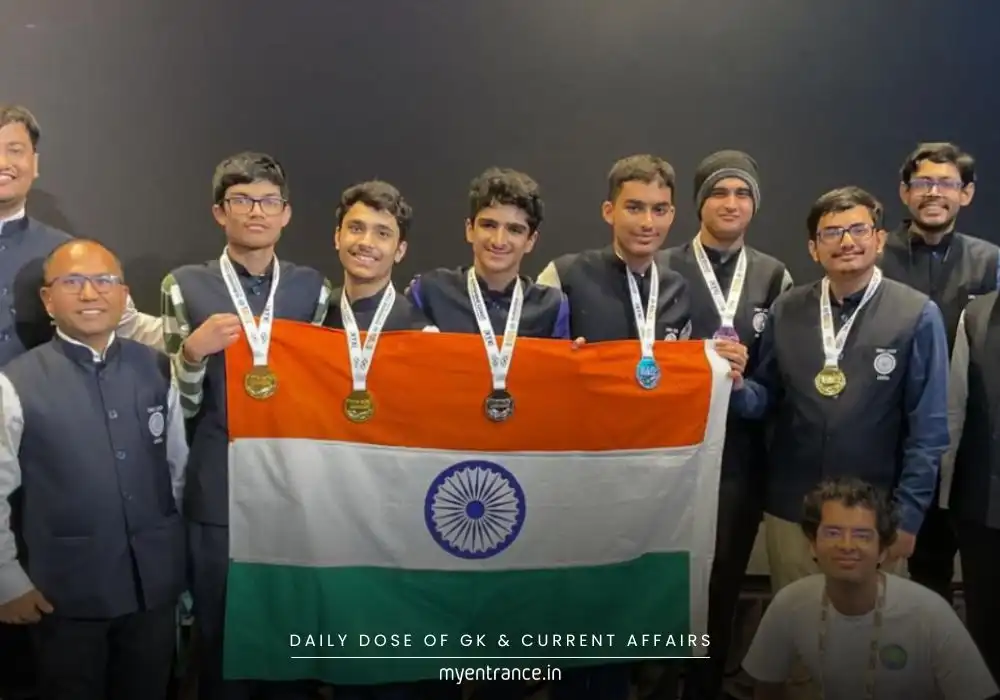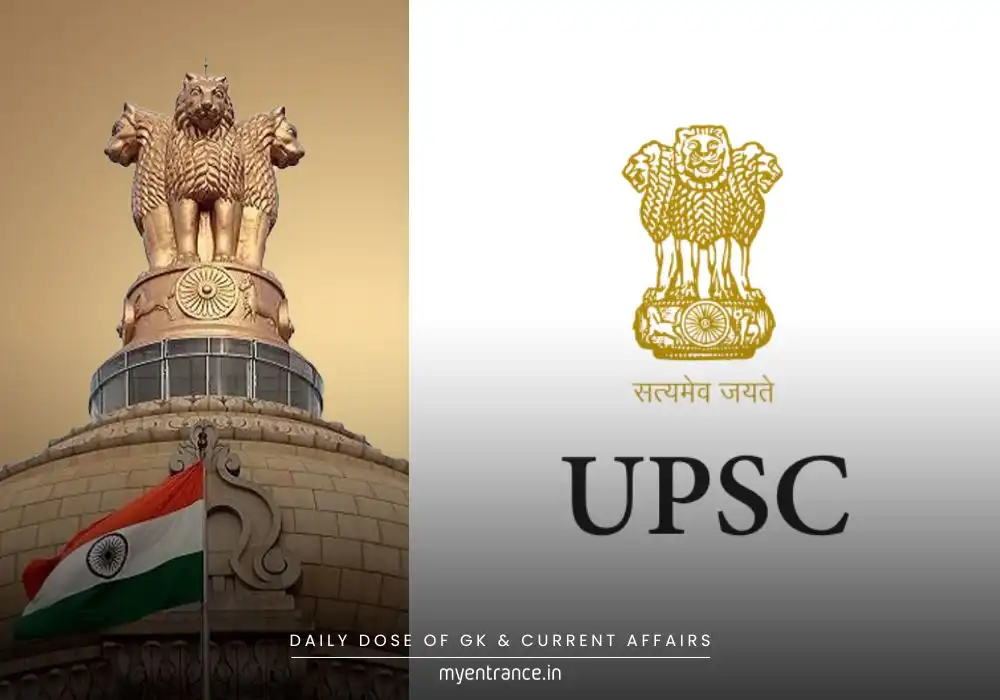Select Language
The Evolution of Indian Scripts: From Brahmi to Modern Alphabets: History Guide
India’s rich history of scripts and writing systems is deeply intertwined with mythology, culture, and regional innovations. From Hanuman inscribing Rama’s name to Emperor Ashoka’s Brahmi script, the journey of Indian writing is a captivating tale of adaptation and creativity.
The Mythical Beginnings of Indian Writing
Indian scripts have legendary origins, deeply rooted in mythology and tradition:
Hanuman’s Inscriptions: While building the bridge to Lanka, Hanuman wrote Rama’s name on stones to keep them afloat.
Ganesha’s Role: He broke his tusk to transcribe the Mahabharata for Vyasa, inspiring scribe communities like the Kayasthas (North) and Karanams (South).
Warriors Turned Scribes: Some legends say warriors fleeing Parashuram abandoned swords for styluses, becoming scribes.
These stories highlight how writing was revered in ancient India.
Oral vs. Written: The Great Knowledge Debate
Before writing became widespread, knowledge was preserved orally with remarkable precision:
Vedic Tradition: Brahmins memorized hymns using complex recitation techniques (pathas) to ensure accuracy.
Buddhist Councils: Monks chanted sutras in unison to standardize Buddha’s teachings.
Jain Shift to Writing: After famines, Digambars abandoned oral texts, leading to doctrinal splits.
This tension between oral and written knowledge likely pushed Emperor Ashoka to adopt Brahmi—ensuring his edicts were accurately spread across his vast empire.
Brahmi: The Script That Changed India
Ashoka’s inscriptions introduced Brahmi, India’s first deciphered script, with unique features:
Abugida System: Each consonant (akshara) carried an inherent vowel sound.
Vowel Modifiers (Matras): Vowels were depicted as feminine elements encircling consonants, like “milkmaids around Krishna.”
Circular Design: Unlike linear Greek or Semitic scripts, Brahmi had flowing, rounded letters.
How Brahmi Compared to Other Scripts
Semitic Scripts: Right-to-left, angular letters resembling city skylines.
East Asian Scripts: Square characters, like “beads on a string.”
Brahmi: Circular, with vowels dancing around consonants.
Regional Scripts: How Materials Shaped Writing Styles
Different regions developed unique scripts based on writing surfaces and tools:
North India (Birch Bark – Bhoja Patra)
Tool: Brush
Script Style: Sharp, angular letters (easier to write on bark).
South India (Palm Leaves – Tada Patra)
Tool: Iron stylus
Script Style: Rounded curves (to prevent tearing delicate leaves).
Key South Indian Scripts
Vatteluttu: Used for Tamil, with smooth curves.
Grantha: A “knot-like” script for Sanskrit texts.
These scripts spread to Southeast Asia through monks and traders.
Post-Gupta Era: The Rise of New Scripts
After the Gupta period, regional scripts flourished:
Siddham: Used in Bengal and Tibet for Sanskrit manuscripts.
Sharada: Kashmir’s script, later inspiring Gurmukhi.
Devanagari: Dominant in Western India (Hindi, Marathi, Gujarati).
Innovative Scripts
Nandinagari: Used in Vijayanagara, lacked shiro-rekha (top line), similar to South Indian scripts.
Cursive Variants:
Modi (Western India)
Kaithi (Kayastha scribes)
Karanai (Odisha scribes)
Sample Questions & Answers for Competitive Exams
Q1: Which script did Emperor Ashoka use for his edicts?
A: Brahmi—India’s first deciphered abugida script.
Q2: Why do South Indian scripts have rounded letters?
A: To prevent iron styluses from tearing palm leaves (Tada Patra).
Q3: Which goddess inspired the Sharada script of Kashmir?
A: Sharada, the deity of learning, revered by Adi Shankaracharya.
Q4: Name two cursive scripts used by medieval scribes.
A: Modi (Western India) and Kaithi (Kayastha communities).
Q5: How did Brahmin and Buddhist oral traditions differ?
A: Brahmins preserved Vedic hymns verbatim, while Buddhist councils standardized sutras through group recitation.
Most Predicted Questions
Comprehensive study materials, Expert-guided tips & tricks, Mock tests and instant results.
Start your SSC, NIFT, NID, FDDI, PSC journey today with MyEntrance, your ultimate online coaching platform.
















